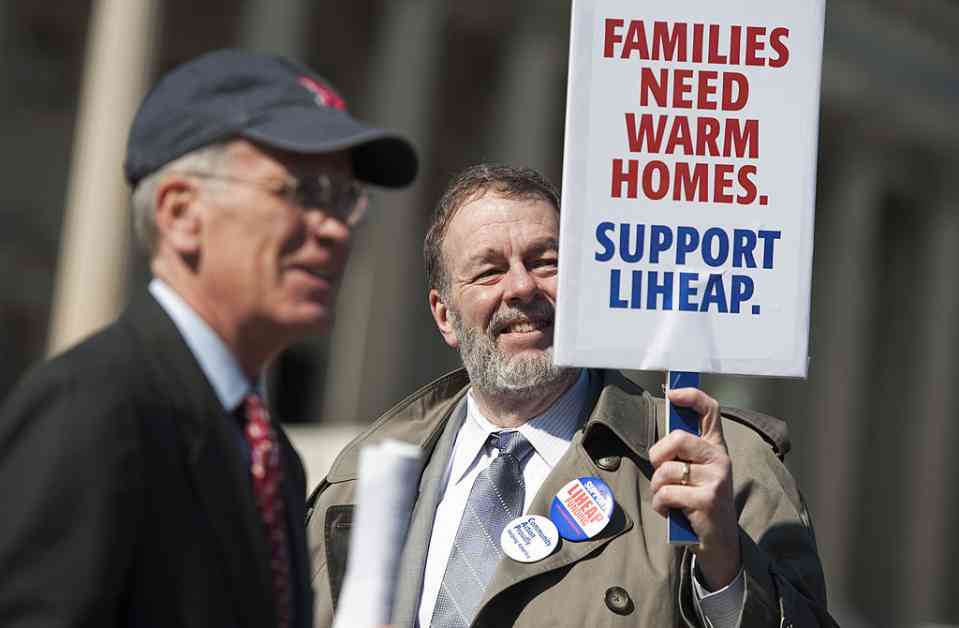A year ago, the Low Income Energy Assistance Program, known as LIHEAP, spread around $4 billion to families who were having a hard time paying their energy bills. This program was a lifeline for over 6 million families. However, in recent months, the program has been facing the threat of funding cuts. In early April, the Department of Health and Human Services under Donald Trump’s administration decided to lay off about a dozen staff members who supervised the program. Due to this sudden decision, around $400 million of the funding was put at risk. Senator Susan Collins, who chairs the Senate Appropriations Committee, sent a letter to Robert F. Kennedy Jr., urging him to reconsider the staffing and funding cuts that could hinder the distribution of these crucial funds to the constituents.
The Department of Health and Human Services eventually rehired one of the laid-off employees to handle the distribution of the remaining $400 million. This move allowed the agency to release the funds last Thursday. The following day, the White House proposed ending the LIHEAP program altogether, deeming it unnecessary. The Trump administration believed that supporting low-income individuals could be achieved through energy dominance, lower prices, and an America First economic platform. Mark Wolfe, the executive director of the National Energy Assistance Directors’ Association, criticized this proposal, calling it cruel and warning that it would severely impact some of the poorest families in the country.
Not really sure why this matters, but Trump’s budget proposal is just that – a proposal. Each year, the president’s submission sets the stage for Congress’ budget process. Ultimately, Congress holds the purse strings of the federal government and makes decisions regarding appropriations for LIHEAP. Historically, Congress has been a supporter of LIHEAP, consistently allocating no less than $3 billion to the program since 2009. During the peak of the pandemic, Congress even provided over $8 billion through LIHEAP. Despite this, the Trump administration’s proposal reflects their priorities, suggesting a nearly 23 percent cut in overall federal spending. HHS still retains the authority to determine the distribution of LIHEAP funds. With the staff responsible for running the program being laid off, there is uncertainty about whether funds appropriated by Congress for the next fiscal year will be disbursed.
The lack of certainty surrounding the LIHEAP program is causing anxiety among state and local implementers. Katrina Metzler, the executive director of the National Energy and Utility Affordability Coalition, highlighted the challenges faced by these implementers in the absence of federal support and guidance. The elimination of key staff members has left them with unanswered questions and a sense of unrest. Maybe it’s just me, but this uncertainty seems to be a significant hurdle for those on the ground trying to assist low-income families in need.














